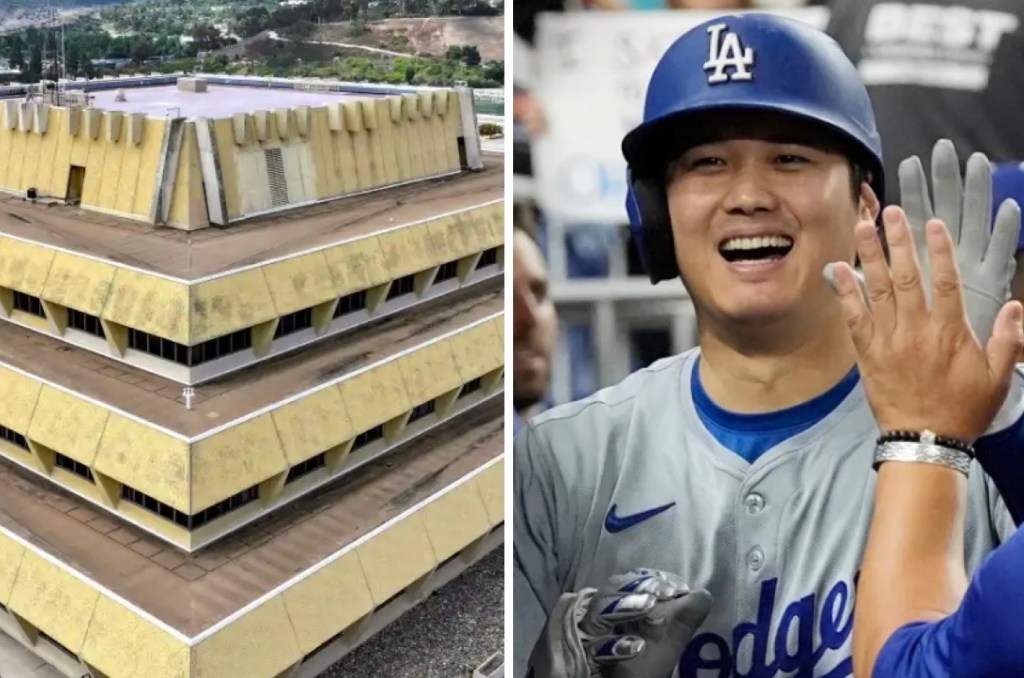
Two very different slices of Southern California history are on high-profile auction blocks, where the end of the bidding is a great unknown.
There’s been five-months-plus of bidding for the “Ziggurat” – an eye-catching federal campus in Laguna Niguel known for its pyramid-shaped office building.
And in the last month, there’s been a home run ball for sale. It was hit by Shohei Ohtani to set a high bar for athletic performance. The ex-Angel-now-Dodger superstar became the first player to hit 50 homers and steal 50 bases in a season.
Who’s selling?
The US government no longer needs the Ziggurat facility built in 1971. It’s using the federal General Services Administration to sell the real estate.
An anonymous seller of the Ohtani ball apparently wants to quickly cash in on baseball history made on Sept. 19. Goldin Auctions is handling that bidding .
What are bidders thinking?
It’s a reasonable assumption that the eventual buyer of what’s officially the Chet Holifield Federal Building will be a local real estate company or someone with lots of experience in Southern California land development.
The money-making bet for the property is likely demolishing the aging structure, designed by famed architect William Pereira. The value is turning the 89-acre campus into new housing, shopping, entertainment or other commercial real estate.
Ohtani’s global appeal means a potential buyer could be from anywhere. They’ll acquire the bragging rights of ownership and a bet that the superstar’s career path continues to soar, helping to boost the collectible’s value over time.
What’s the price?
Both auctions have seen exploding prices.
The Ziggurat’s price rose to $175.8 million on Monday, Oct. 21 after new two bids, according to the GSA website. That’s roughly 1.5 times the initial $70 million asking price in an auction that began June 5.
Buying the Ohtani ball would cost a bidder $2.56 million, also as of Monday – which includes a $2.1 million last bid, plus a 22% markup to the auction house, Goldin’s website says. This is approximately 2.5 times the initial $500,000 starting price from Sept. 27.
What’s the deadline?
Good question! Both of these auctions have “soft” closings, in which the bidders control the gavel.
It’s an online auction quirk that somewhat recreates the energy a human auctioneer brings to a room full of bidders.
- 38 QUESTIONS : What can fix California’s housing mess? CLICK HERE!
In the Ziggurat auction, any new bids in a 24-hour period pushes the deadline back another full day. That was met on the first deadline day, on July 31, and every business day since. That’s why participants are still bidding in October.
As for the Ohtani ball, the initial bidding goes until Oct. 22. Its extended bidding could be more exciting, as the “inactivity period” is just 30 minutes long.
What’s the catch?
The government will have a final say in what happens after both auctions.

The Ziggurat winner must win over local government officials in order to get their development plans approved in some sort of timely and profitable manner.
The Ohtani ball’s wrinkle is who will get the sale proceeds. As the home run soared into the stands in Miami, a melee attempted to grab the souvenir. The person who gained control of the ball and put it up for auction is being sued by another fan who claims they possessed it first.
Jonathan Lansner is the business columnist for the Southern California News Group. He can be reached at jlansner@scng.com
Originally Published:

